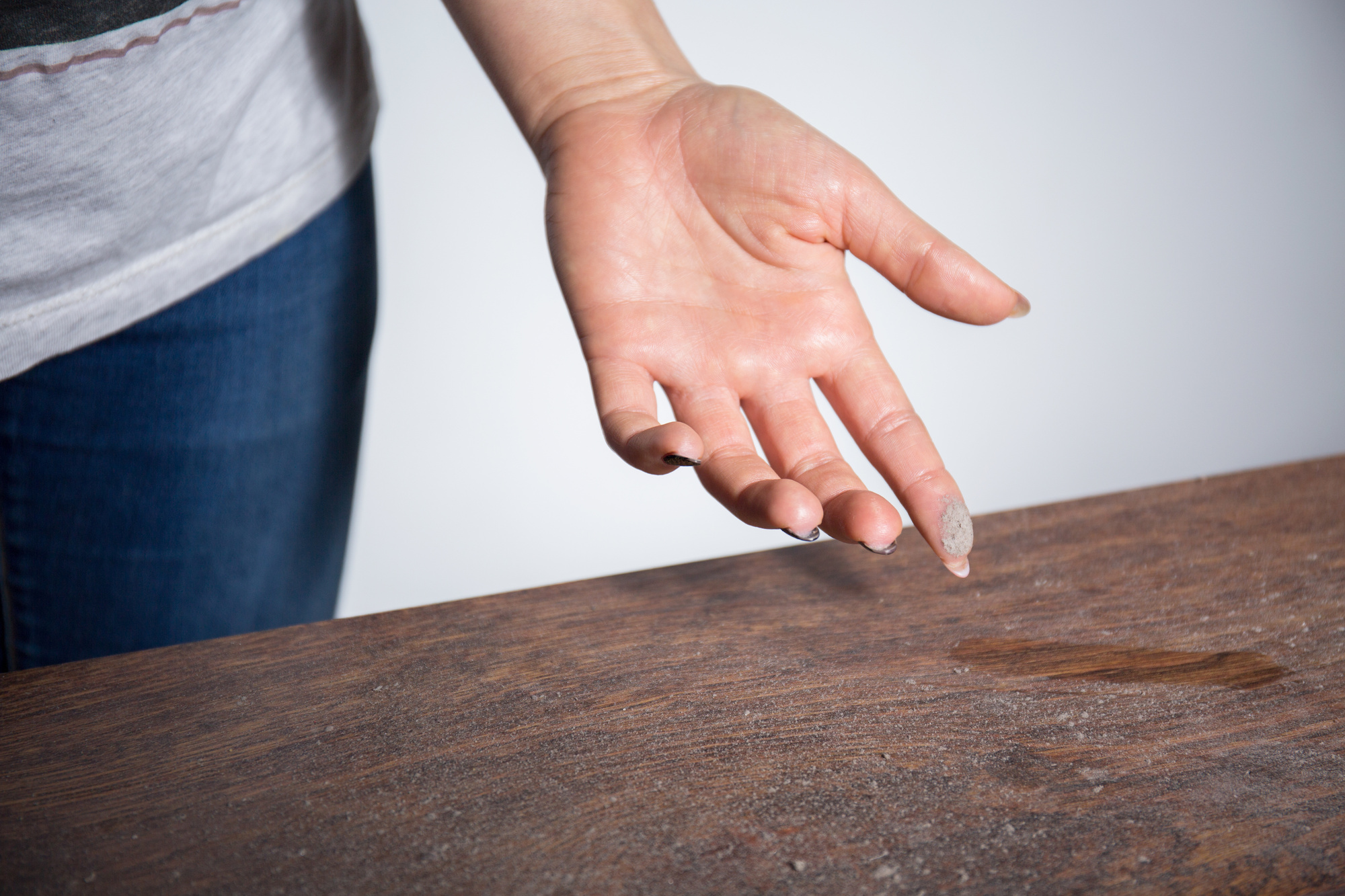The familiar sight of the crack of light entering your bedroom early in the morning, but instead of it being the welcome sign of another beautiful day, all it does is illuminate the vast amount of dust floating around in our living space. Keeping your house clean can be extremely time-consuming, especially if you have children and pets. But before you give in, let’s have a deep look into what is dust and other eye-opening facts about the dust that might just make you reconsider calling in professional help.
What Is Dust Exactly?
Put simply, it is tiny airborne particles. Tiny particles of just about anything from bits of you, dander from your pets, mold and fungus spores, soot and pollen from outside, small parts of plants and insects, and of course, dust mites.
You can see it in the air, and you will no doubt find it on top of less-frequently cleaned surfaces such as door-sills or down the back of the sofa. No matter how rigorous your cleaning regimen in, there will always be dust, but just how bad is it?
9 Not So Pleasant Facts
Have you heard the one about it being mostly dead skin? Well, you’ll be pleased to know it’s not true. Yes, dead skin particles do make up a portion of the dust around your home, but most of your dead skin is removed when you wash, so it ends up down the drain as supposed to in the air.
With that debunked, here are 9 actual facts that will have you dialing for a professional cleaner as soon as you’re done reading them.
1. Mites
When people say they have a dust allergy, what they really should be saying is that they’re allergic to dust mites. Too small to be seen with the naked eye, mites are responsible for about 20 million allergies across the United States alone.
Their main food source is the tiny flakes of our skin and the dander from our pets that can be found in dust. It is not the mite itself that people are allergic to, but their waste. Dust mites produce about 200 times their body weight in waste over their entire lifespan.
2. The Ever-Increasing Organic Load of Dust
Think of all the chemical compounds you come in to contact with throughout the course of the average day. Your perfumes and sweat, other people’s perfumes and sweat, and all of the pollutants from outside.
Well, these can all transfer on to your own skin and clothing and then later shed. This means that it can contain numerous chemical compounds at any one time, and these can be inhaled and ingested.
3. Compounds
There are nine common compounds found in 90-100% of US dust samples. These come from flooring, food packaging, electronics, carpet padding, paint, and cosmetic products. The worrying thing is that they have been found to prove toxic to the reproductive and nervous symptoms as well as being linked to cancer and even childhood leukemia.
4. Welcome Home
Every time you open your door you welcome dust into your home. It’s not only the dust in the air that follows you in but also all of the particles that are attached to you, not to mention soil, matter and other particles on your shoes.
5. The Dust Bunny
As cute as ‘dust bunnies’ might sound its the name for a large clump of dust and debris that gather in areas that aren’t cleaned regularly. They are often made up of dead skin cells, human and pet hair, spider webs, dirt, and other contaminants.
Not only are they harmful to you as they house contaminants, house mites, and other parasites, but they can block they can obstruct airflow through electronic devices shortening their lifespan.
6. How Much?
If you stop what you’re doing now and remove all the dust you can see with a cloth, and then come back to those spots an hour later, they would no doubt be a new layer already gathering.
You can never completely get rid of it, only work to keep it to a minimum. It’s estimated that the average American household produces around 40 pounds of dust each year.
7. Dust and the Environment
Around five billion tons is dispersed into the Earth’s atmosphere each year. Not only can this can pose a serious problem for the aviation industry, but in the atmosphere has a direct effect on weather patterns, rainfall, and air temperature.
8. Dust Mites Like to Cuddle Too
Back to the dust mites. If you think about all the soft furnishings in your house. Your sofa and your bed. Then think about any soft toys that your children might sleep with at night. Well, as much as you and your family love the comfort of these items, so do dust mites.
Mattresses are no doubt the toughest of dust-mite friendly household items to clean. It’s definitely worth investing in a mattress cover to help keep dust-mites out as well as regularly steam cleaning your mattress.
9. Carpets
A carpet is a perfect place for it to build up without you noticing it. It’s easy to spot when hard surface flooring needs a good clean, but carpeting can hide signs of it and appear clean when it isn’t. Carpets get a steady supply and as a result over 100,000 dust mites can live in a single square yard of it.
If you do have carpet, be sure to vacuum it on a regular basis to minimize the presence of mites.
Be Gone!
Okay, so you can never be completely free of dust. It’s quite literally everywhere. But now you know a little bit more about what is dust, you’ll no doubt want to try a little harder to keep it to a minimum. For additional tips on how to properly dust your home, check out this handy guide.
Scheduling regular professional cleaning can help to minimize it and therefore have a positive impact on your health and well being, not to mention saving you time. To learn more about our cleaning surfaces you can request an instant quote or take a look around our site for more information.





